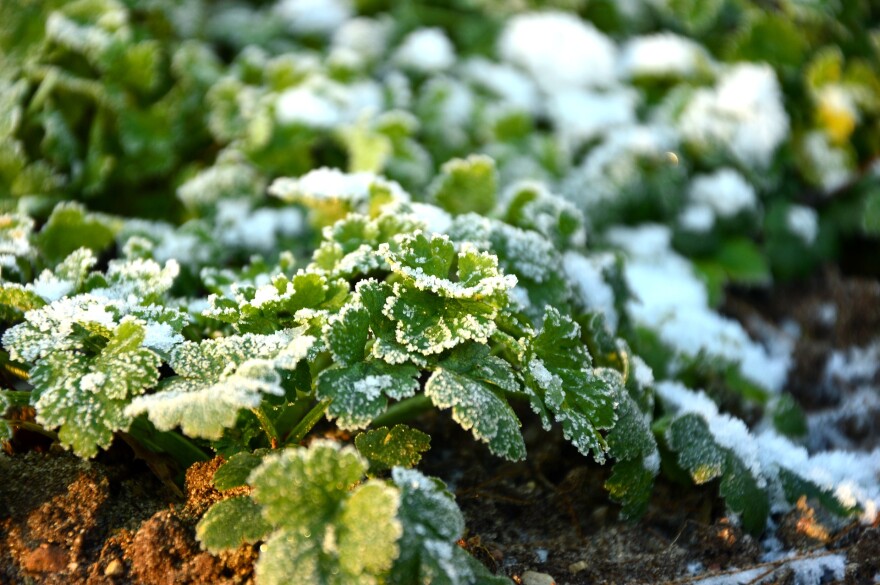Hi, this is Dan Drost, Utah State University vegetable specialist. October is commonly the end of the gardening season in northern and central Utah. Most of the higher mountain valleys have had a few frosts and those tender vegetables that were not protected, were heavily damaged and no longer producing any fruit.
If you cover your tomatoes and peppers, they may have survived. Now is the time to pick any remaining fruit before the next frost. Wait until the day temperatures about 60 degrees and then harvest any fruit that are showing a bit of color.
Store these fruits in a warm area and use as a ripen. Watch for spoilage to, as cold exposed fruits break down faster than normal.
Pick your winter squash before they get frosted. These can show frosty injury as well, which bleaches out the flesh and rind and exposes them to spoilage. Store in a warm area to fully cure the fruits and then use as normal.
Plant your garlic before the end of the month in northern areas. And you can do this until Thanksgiving in the south. Get them in properly and they'll produce nice bulbs next spring.
If weeds are a problem, clean up in the garden as well. Mow or spray them. I like to use a bit of Round Up on my hard to kill bindweed. We all have a bit of that. If I do that now I have less issues with it next year.
Don't forget to take a soil sample if you haven't had one for a few years. It can help you with your garden fertilizer program next year. If you use manure in your garden, spread this out in the fall and till it in.
The USU Extension website has a nice bulletin on manure compost application rates for gardens. You can find that at extension usu.edu. Preparing an area of the garden now means you have time to get the garden started rapidly next spring.







